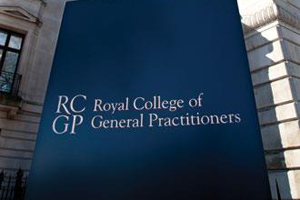A new exhibition highlighting the central role played by South Asian GPs in the general practice and the wider NHS is being launched at the RCGP to coincide with the 70th anniversary of the NHS.
The exhibition, Migrants who made the NHS is based on archival research, photographs and oral history interviews with 40 GPs who moved to Britain from South Asia during that period– including some who are still practising today.
The RCGP said by the 1980s around 16% of GPs working in the NS had been born in India, Pakistan, Bangladesh of Sri Lanka and were responsible for delivering patient care to around a sixth of the population.
A spokesperson said: ‘The wider impact and influence of migration from the Indian subcontinent on British medicine cannot be overestimated. There are today 1724 doctors with the common Indian surname Patel on the General Medical Council’s list of registered medical practitioners – only slightly fewer than doctors with the surname Smith (1750).’
South Asian doctors often faced racial discrimination and, for women, sexual and racial discrimination, when applying for jobs and the exhibition also looks at the adversity they came up against.
RCGP president Professor Mayur Lakhani said: ‘General practice in the UK would not be what it is today without the hard work, innovation, and courage of our predecessors, and their dedication to delivering high-quality patient care. Indeed, without them, our profession and the NHS might not even exist at all. Not only were they doctors, but they became highly-valued members of the communities in which they practised.’
The exhibition is based on the book Migrant architects of the NHS: South Asian doctors and the reinvention of British general practice (1940s-1980s) by Dr Julian M Simpson and focuses on the GPs from India, Pakistan, Bangladesh and Sri Lanka who worked in general practice in some of the most deprived areas of Britain from the 1940s-80s.
Dr Simpson said: ‘The NHS evolved during its first four decades into a system based around general practice and primary care. By becoming family doctors, South Asian doctors prevented a GP recruitment crisis. It’s important to also remember that the National Health Service was established to make healthcare accessible to those who could not afford it. And for millions of people, particularly in working-class communities across Britain, accessing that care meant going to see a GP from the Indian subcontinent.’
‘Doctors from the Indian sub-continent were therefore not just contributing to the NHS, they were its very lifeblood. We should acknowledge they were amongst the architects of the NHS.’














